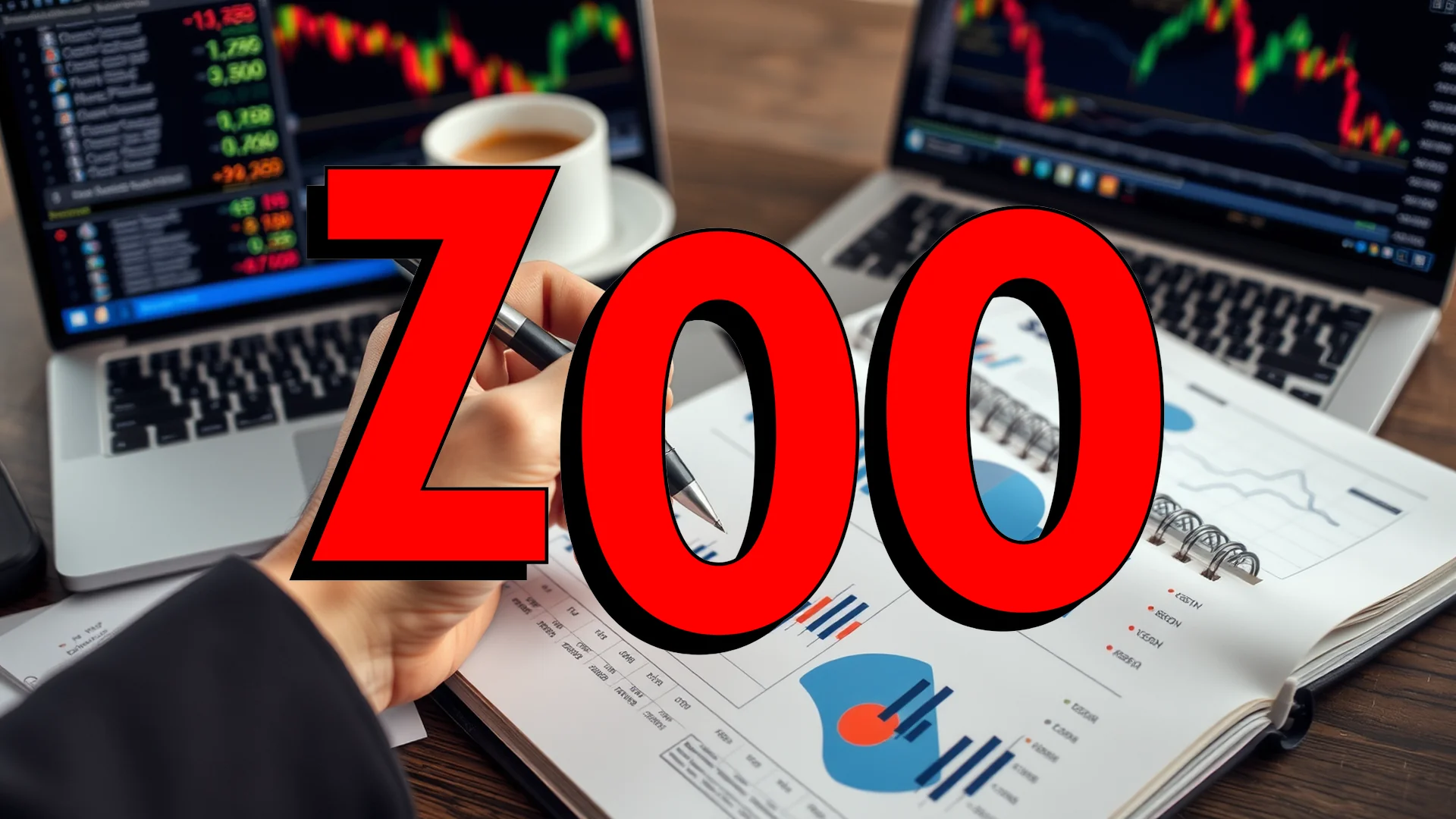A significant era in American retail pharmacy concluded on August 28, 2025, when Walgreens Boots Alliance Inc. ceased trading on the Nasdaq after 124 years as a public company. The final chapter was written with a closing share price of $11.45 in cash, paid to shareholders as private equity firm Sycamore Partners finalized its acquisition and immediately began a corporate breakup.
A Multi-Billion Dollar Transaction Reshapes the Sector
Specializing in retail and consumer investments, Sycamore Partners completed the takeover in collaboration with former Executive Chairman Stefano Pessina and his family. In a notable show of confidence, Pessina reinvested the entirety of his proceeds from the sale back into the newly private entity.
The transaction, valued at $23.7 billion, stands as one of the largest leveraged buyouts in the pharmacy sector’s recent history. Shareholder compensation included two key components:
– A cash payment of $11.45 per share, representing a 29% premium over the stock’s closing price on December 9, 2024
– An additional, non-transferable right to receive up to $3.00 per share from any future divestiture of the VillageMD business unit
Immediate Corporate Breakup and Leadership Shift
The acquisition triggered an immediate and radical corporate restructuring. The single publicly traded entity was dissolved and split into five distinct, privately held companies: the core Walgreens pharmacy operations, The Boots Group, Shields Health Solutions, CareCentrix, and VillageMD.
Concurrent with the breakup, a leadership change was enacted. Mike Motz assumed the role of CEO of the standalone Walgreens business, replacing Tim Wentworth, who will remain with the company in a director capacity. Motz’s extensive background includes previous roles as CEO of Staples US Retail and president of Canadian pharmacy chain Shoppers Drug Mart.
Should investors sell immediately? Or is it worth buying Walgreens?
Strategic Advantages of Operating as a Private Company
Sycamore Managing Director Stefan Kaluzny highlighted the strategic benefits of taking the company private. He emphasized that liberation from the short-term earnings pressure inherent to public markets would provide greater operational flexibility. This new structure is intended to allow management to focus intensely on enhancing customer experience, strengthening community relationships, and executing a necessary operational turnaround.
This move directly addresses the significant challenges Walgreens had been facing, including widespread store closures, intense competitive pressure from rivals like CVS Health, and considerable financial constraints. Operating outside of the public spotlight is expected to enable a faster and more decisive implementation of restructuring measures.
Ripple Effects Across the Financial and Competitive Landscape
The company’s departure from the Nasdaq also necessitated its removal from the S&P 500 index, with its spot being filled by Interactive Brokers Group. This event marks a symbolic shift in the U.S. pharmacy landscape and is anticipated to influence the strategic planning of competitors such as CVS Health and Rite Aid.
For former shareholders, the story is not entirely over. Attention now turns to the potential future payout from the contingent value right tied to the sale of VillageMD. Meanwhile, the new private Walgreens, under the ownership of Sycamore Partners, begins its journey to reinvent itself outside of the public eye.
Ad
Walgreens Stock: Buy or Sell?! New Walgreens Analysis from December 19 delivers the answer:
The latest Walgreens figures speak for themselves: Urgent action needed for Walgreens investors. Is it worth buying or should you sell? Find out what to do now in the current free analysis from December 19.
Walgreens: Buy or sell? Read more here...











